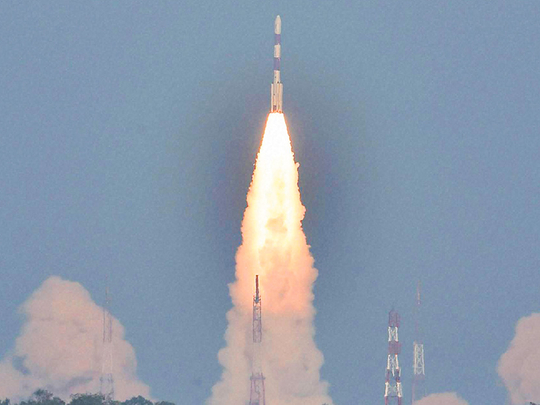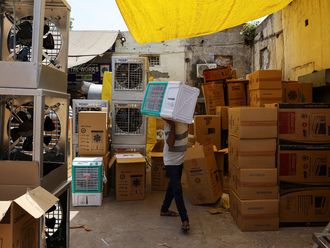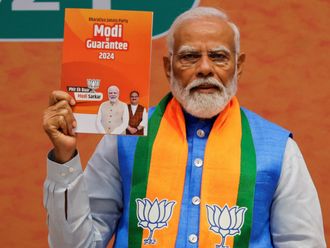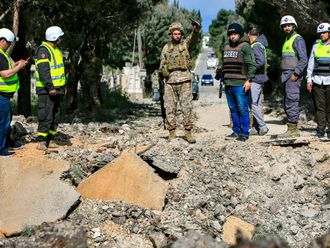
Chennai: An Indian rocket is readying to blast off at 5.19pm on Saturday carrying the country’s fourth navigation satellite IRNSS-1D from the Sriharikota rocket port, the Indian space agency said.
The countdown is progressing smoothly with the rocket’s second stage fuelled up early Saturday morning.
The 59-and-a-half hour countdown began on March 26 at 5.49am.
Around 20 minutes into the flight, the rocket — the Polar Satellite Launch Vehicle (PSLV-C27) — would eject the Indian Regional Navigation Satellite System (IRNSS)-1D at around 506km above earth.
From there the satellite would further be moved to its final position.
India has so far launched three regional navigational satellites as part of a constellation of seven satellites to provide accurate position information service to users across the country and the region, extending up to an area of 1,500km.
The three satellites launched earlier have been integrated with the ground stations and are working well.
Once IRNSS-1D also gets integrated, then the Indian satellite navigation system would start transmitting navigation signals. This meets the minimum number of satellites necessary for enabling a navigation receiver to compute its position.
Thus with IRNSS-1D functioning in orbit, proof-of-concept of an independent regional navigation satellite system over India can be established.
According to Indian Space Research Organisation (Isro) officials, two more navigation satellites are expected to be launched in 2015 and the seventh and the last one of the system in all probability would go up early 2016.
Full navigation services are expected to be offered from mid-2016, according to the officials.
Queried about the ground segment infrastructure, a senior official at Isro not wanting to be named told IANS that good part of that is in place and the balance would be ready soon.
He said the IRNSS system is unique as it consists of only seven satellites while other systems have more than 20 satellites.
However, while other systems are global, Indian system is regional in nature.
Nevertheless, ISRO official claims that India can replace the US GPS with Indian system when full fledged operations begin.
The fully operational system is expected to provide accurate position information service to users across the country and the region, extending up to an area of 1,500km.
While Isro is silent on the navigation systems strategic application, it is clear that IRNSS will be used for defence purposes as well.
Each satellite costs around Rs1.50 billion (Dh88 million) and the PSLV-XL version rocket costs around Rs1.3 billion. The seven rockets would involve an outlay of around Rs9.10 billion.
The entire IRNSS constellation of seven satellites is planned to be completed this year itself.
The first satellite IRNSS-1A was launched in July 2013, the second IRNSS-1B in April 2014 and the third on October 16, 2014.
Once the regional navigation system is in place, India need not be dependent on other platforms.












